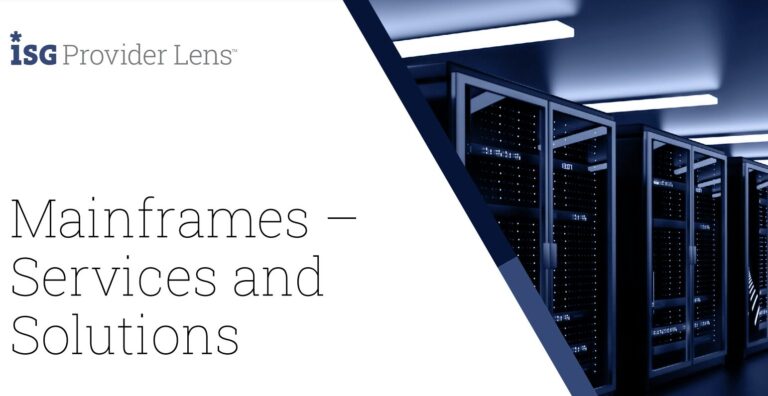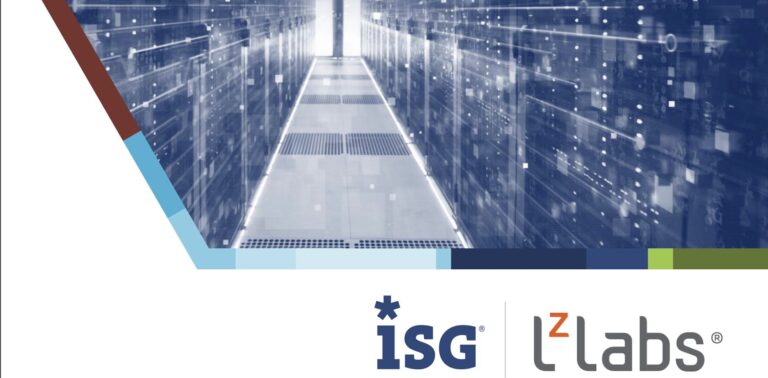The art of rehosting mainframe applications
Find out how applications written and compiled to run on mainframe environments can be run on Linux-based x86_64 systems, without source-code changes or recompilation
At a high-level, any application can be made to run on a different platform by modifying and re-compiling its source code to provide a binary module for execution on the target platform.
The reason recompilation is required is that the machine level instructions generated by a compiler are particular to the architecture of the underlying hardware and its operating environment. For mainframes, this architecture is built on the Z mainframe instruction set, whereas the main target platform for rehosting of these applications is x86_64 running Linux.
However, requiring recompilation to effect the rehosting of mainframe applications, is fraught with problems, such as:
- Unravelling the ‘Gordian Knot’ of application interdependencies.
- Encoding issues faced when moving from mainframe to x86.
- Overcoming the challenge of data processing when migrating from a mainframe database to PostgreSQL.
This white paper details how the Software Defined Mainframe handles the issues raised by source-code recompilation, leveraging readily available functionality such as the Linux operating system, PostgreSQL relational database, LDAP and x86.
Find out:
- How the Just-In-Time compiler (LzJIT) looks at the byte-code of the migrated program and generates native x86_64 instructions to perform the same function.
- The memory reference techniques used to maintain interoperability.
- How the Legacy Application Environment (LzLAE) enables requests for legacy mainframe features, such as language environment calls, security requests, file system reads and writes, database calls, transactional system requests, etc. to be satisfied.
Our solution.
At LzLabs, we make software that allows you to move mainframe applications and data to modern platforms with minimal risk, and then use them to drive innovation.
Related whitepapers.

Case Studies Collection
From Legacy to Innovation: Mainframe Migration Success Stories This comprehensive collection of real-life case studies showcases successful transitions from traditional

ISG Sweet Spot Report: LzLabs
Emphasising incremental modernisation and cost reduction, LzLabs supports both legacy and modern programming languages while ensuring seamless cloud integration.

Unlocking the Future with Mainframe Modernisation: An ISG Thought Leadership Paper
Unlocking the Future with Mainframe Modernisation:An ISG Thought Leadership Paper Key Considerations for Modernizing Mainframes to Improve IT Services in